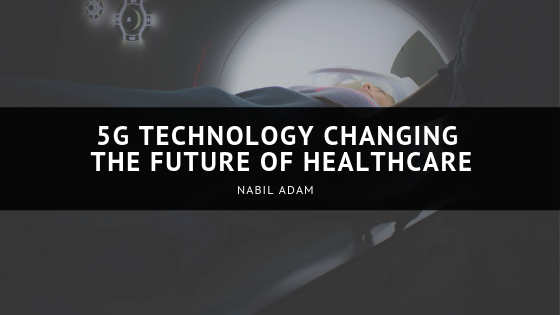Today’s regulatory environment and red tape have rendered the healthcare industry somewhat of a late adapter in terms of the advanced technologies. A stubborn hold on legacy traditions in the healthcare industry has exacerbated the problem.
Mobile internet connectivity, though, promises to overhaul the way that healthcare is provided in America. The 5G revolution is slowly making inroads in the healthcare industry and beginning to improve the quality of care and satisfactory patient experiences. On top of those benefits, 5G is lowering healthcare costs by streamlining operational efficiencies in myriad healthcare environments like hospitals and clinics.
The 5G revolution promises to deliver more personalized care to patients as well. Care will be self-directed and empowering in the sense that patients will be both enabled and encouraged to manage their own health. Medical practitioners will also be encouraged to find more intelligent preventative measures for their patients to take in order to take their health into their own hands. Talk about patient empowerment.
More connectivity with 5G will dovetail with wearable technologies to put more data at patients’ disposal as well. Around-the-clock monitoring can help to usher in an age of increased transparency and improved wellness. On top of that, patients will feel more independent than ever. It’s a win-win situation for doctors, administrations, patients and their families alike.
Researchers and doctors have long noted the limitations of 4G in terms of network speeds which are too sluggish to digest IoT solutions. With 5G, everyone is going to see greater connectivity coupled with IoT solutions brought to life thanks to a network that can handle the load. The problem used to be that wearable devices required a uniform network without interruptions. 5G will deliver this in the future.
A 5G network will be one in which low latency is less of an issue. Reducing low latency will increase advanced IoT usage in healthcare setting and mean equipment can be controlled remotely in ways that were simply impossible, perhaps unthinkable, even a decade ago.
Administrators and IT professionals will appreciate the fact that 5G can handle large data sets more efficiently than ever before. Higher bandwidth will make this possible. Quickly transitioning files from medical imaging devices like x-rays and MRIs to where that data is most needed is only the beginning.

